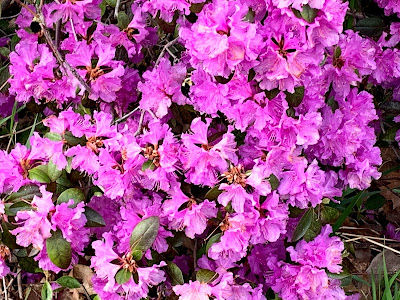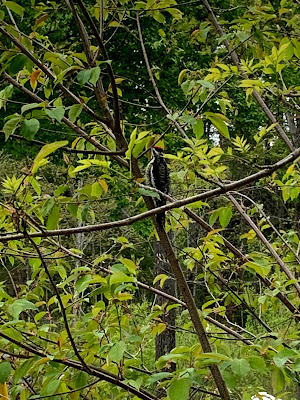Ten Ways To Soup Up Your Coop
Anyone can buy a nice little chicken tractor to pull around their lawn. But even backyard farmers can spend a little time to soup up their coop. So thinking like both a chicken and the farmer, we will list out our top ten priorities for a souped up coop.
- 1: Roosting perch. The hens just feel safer off the ground at night, but they even have fun flapping up there during the day too. Just plan the location carefully; you do not want their droppings landing in their water or food bin and you don’t want it in your way when you’re cleaning the coop. It should be 2-3 feet off the ground and plan 6 inches of roosting space per bird.
- 2: Nesting boxes, loaded with hay. Hens prefer a nesting box to lay their eggs, and also enjoy a little snack of hay. Keeping the boxes filled with hay regularly helps keep your eggs cleaner (less poop to clean off) and decreases the risk of a cracked egg. Cracked eggs can encourage the chickens to start eating their own eggs, which is not good at all.
- 3: Nesting box secret door. Ok this one is really for the farmer. A door on the outside of the coop makes collecting your eggs a breeze and easier to refill with hay as well.
- 4: Outdoor run; because chickens just love to be outside. Even if you let your chickens roam free during the day, there is early mornings when the coolness of night is still fresh, but predators could be lurking. An outdoor run should have all six sides protected, so run some fencing on the ground and then cover it with dirt. For the ceiling consider a roof or fencing*; netting will keep your birds in, but will not be a sure way to keep the predators out. We will be putting a roof when we add our run this year because we’d like to extend the number of weeks the girls can enjoy the outdoors and in Maine, our snow season can get uncomfortably long.
- 5: Fresh air. Especially in the summer months, but even in the winter, fresh air is important to the health and happiness of your chickens. We have a predator proof fencing* on one of their windows. In the winter we will slide the window back in place from the inside. Bonus: there is less a chance of a broken window. We’ve lost two to dogs jumping up and cracking the glass because they wanted to meet our hens. We also keep the eaves open all year round with the same fencing* stapled underneath to keep out predators and mice.
- 6: Lighting. A window or two will let your chickens see daylight even on rainy or snowy days. For the farmer, an electrical light is very helpful if you have to do your chores in the dark hours of the day(like in the winter). We have a primary door and a secondary door. This first is used at night for safety and warmth. The latter is fenced* so that they can see outside and get fresh air during the day and evening but are safe from predators.
- 7: Space. Chickens ideally should have 2-3 square feet per bird inside the coop and 8-10 square feet per bird for the outdoor run. A little more space is always better. We have found our “second floor” has been helpful especially when we had a few roosters that didn’t always get along.
- 8: Chicken fun time. A hanging cabbage or a block of salt pork can keep your hens happy and busy for hours. This is great to do in the winter months when they are spending less time free ranging or even utilizing their run. This hanging food skewer is sold on Amazon.

- 9: Electricity. You’ll need it for the chicks when they are little and using the warmer. In Maine we’ve even used the heat lamp during the coldest weeks of the winter when we dip into the negative temperatures. If you’re in a cold climate, it’s a necessity to minimally have a heated waterer/ poultry fountain or the poor chickens will have nothing but a block of ice to drink.
- 10: A savvy food and water system. For the chickens, they just want clean, fresh water and grain readily available with the occasional feast of corn cobs or watermelon rinds. For the farmer, you’ll want to have easy access to your grain in a weather and vermin proof container. Bags of grain can be dumped in a tightly sealed trash bin stored beside or inside your coop. With this strategy, it is super easy to refill their feeder. The waterer should be easy to clip in and out of a hanging chain using any simple carabiner. Not only to refill the water, but to rinse out regularly.
*When I reference fencing* above, I am recommending hardware cloth with 1/2 inch squares.
- Many people use chicken wire for their fencing and that is what we’ve used in the past. Unfortunately chicken wire spaces are big enough for rodents to get in, so we lost many chickens to weasel attacks two seasons in a row. This type of fencing also allows mice to get in and steal grain. We are very happy with this alternative and feel it gives longer lasting and better protection to our feathery friends.
































































